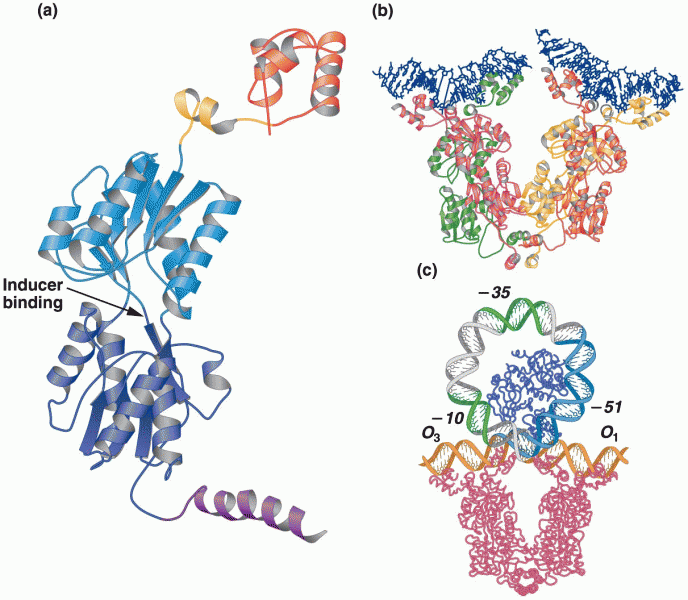Answer to Question 1
Development families impact a child's development; children's problems are a reflection of family problems; some problems are clearly a result of family problems and some problems impact how the family functions in response to the child's problems
Psychopathology a child's psychopathology is a reflection of family psychopathology
Treatment focuses on both the child and the family
Answer to Question 2
Prehistoric societies appeared to believe in demonology and likely attributed abnormal behaviors to evil spirits that inhabited a victim's body. Treatment seems to have consisted of trephining (drilling a hole in a person's brain to let the evil spirit out). The early Greeks, Chinese, Hebrews, and Egyptians treated behavior they perceived as abnormal with exorcism, which consisted of elaborate prayers, noise, emetics, and bodily assaults to excise the evil spirits.
Two influential themes came from Greek and Roman cultures in which (1) a relationship was acknowledged between mental disorder and psychological conflict, and (2) mental disorder was viewed as a physical illness with biological causes. Hippocrates' treatments included tranquility, moderate exercise, a careful diet, abstinence from sexual activity, and sometimes bloodletting. He understood that often family dynamics can foster deviant behavior. The Roman physician Galen explained the role of the brain and central nervous system in mental functioning; he codified all European medical knowledge from Hippocrates' time to his own.
After the fifth century, mental disorders in many cultures were again viewed as the result of possession by evil spirits. Treatment during this period reverted to torturous exorcistic procedures to drive out the devil. In the thirteenth century belief in the power of the supernatural was so prevalent that it often created mass madness in whole populations. As the authority of the Catholic Church was increasingly challenged beginning in the fifteenth century, the Malleus Maleficarum was published (1486) as a guide for detecting witches, who were believed to have made a pact with Satan. As a result of the consequent witch hunts over the next 200 years, thousands of innocent men, women, and children were beheaded, burned alive, drowned, and otherwise tortured and mutilated.
In the late 1700s the emphasis on evil spirits, demons, and witchcraft gave way to the moral movement, with reformists advocating for more humane treatment of people with mental disorders. Specifically, reformists advocated treating patients kindly and respectfully, offering guidance and support, and encouraging fresh air and activity. In addition to changes in the treatment of the mentally ill, the scientific study of mental disorders was emphasized. People came to realize that psychological disorders were caused by physical factors or personal and social conditions. Along with this realization came the tradition of scientific observation and exploration leading to developments such as the diagnostic classification system of Emile Kraepelin and Freud's theory of personality. In the twentieth century, a strong emphasis was placed on exploring the biological bases of psychological disorders (including brain functioning, genetic transmission of disorder, and neurochemical factors), as well as on social behaviors acquired through learning.
Toward the end of the twentieth century, and extending into the twenty-first, as society has become increasingly multicultural, multiracial, and multilingual, multicultural psychology has had a major impact on the mental health professions. This approach stresses the importance of culture, race, ethnicity, gender, age, socioeconomic class, and other similar factors for understanding and treating abnormal behavior. There is currently an understanding that the multipath model is important for understanding abnormality by considering biological, psychological, social, and sociocultural dimensions for understanding human complexity.







